Rising administrative burdens, shrinking reimbursements, and staffing shortages make it difficult to sustain profitability while delivering high-quality care. Many clinics are looking to artificial intelligence (AI) as a way to reduce overhead and improve efficiency.
But AI adoption in healthcare often comes with a big question: What’s the return on investment (ROI)? Dermatology practices, in particular, need to know how AI translates into measurable value — financially, operationally, and clinically.
The good news is that AI platforms designed for the back office are delivering significant ROI, often within months of implementation. Let’s break down how.
The True Cost of Administrative Overhead
Before understanding ROI, clinics must first recognize the scale of the problem. In dermatology, administrative work consumes enormous amounts of staff time:
- Prior Authorizations: Biologics and specialty medications require extensive back-and-forth with payers.
- Refill Requests: Chronic dermatology patients generate steady refill demand.
- Faxes & Referrals: Clinics are inundated daily with external documents from PCPs and specialists.
- Photodocumentation: Capturing, labeling, and filing clinical photos takes hours per week.
- Chart Prep & Orders: Staff spend time gathering data and entering post-visit instructions.
Each of these tasks chips away at provider productivity and staff bandwidth. The financial cost is staggering — lost time, delayed reimbursements, and reduced patient throughput.
How AI Delivers ROI
1. Time Savings = Increased Capacity
AI co-workers automate repetitive clerical work like triaging faxes, preparing charts, and processing refills. When staff spend less time on paperwork, they can support higher patient volumes.
ROI Impact: Clinics can see 30–50% more patient throughput without hiring additional staff.
2. Reduced Staffing Costs
Instead of hiring new employees to handle rising workloads, AI absorbs the growth. Clinics can expand locations or services while holding staffing levels steady.
ROI Impact: Practices report margin improvements of 2x or more by scaling without increasing payroll.
3. Faster Reimbursements
With AI ensuring complete, payer-compliant prior authorizations and documentation, claims are approved more quickly, and denials drop.
ROI Impact: Reduced revenue leakage from denials, improved cash flow.
4. Improved Patient Retention
AI reduces no-shows, ensures timely follow-ups, and improves communication. Patients who feel supported are more likely to stay with the practice for long-term care.
ROI Impact: Higher patient lifetime value, more cosmetic repeat business.
5. Staff Retention
Burnout drives turnover. By removing tedious tasks, AI improves staff satisfaction and retention.
ROI Impact: Lower recruiting and training costs for replacement staff.
Measuring ROI in Dermatology
Dermatology practices should measure ROI in three categories:
- Financial Metrics
- Margin improvement
- Denials prevented
- Revenue per provider
- Operational Metrics
- Staff hours saved per workflow
- Patient throughput per day
- Turnaround time for refills and prior auths
- Clinical & Patient Experience Metrics
- Reduced no-shows
- Faster access to treatment
- Patient satisfaction scores
By tracking across all three, practices can see the full value AI delivers.
Case Example
Scenario: A three-location dermatology group processing 500 referrals, 300 refill requests, and 100 prior authorizations each month.
- Without AI: Requires 6 FTE admin staff, frequent overtime, high burnout.
- With AI: Honey Health automates referral intake, refills, chart prep, and prior auths. Staff workload drops by 40%, enabling the practice to expand patient volume without hiring more staff.
ROI Result: Margins doubled in under a year.
Honey Health’s Approach to ROI
Honey Health delivers ROI by:
- Automating every major back-office workflow directly inside the EHR
- Reducing staff workload by up to 50%
- Standardizing processes across locations
- Delivering immediate time savings and financial gains — not “someday” promises
Unlike competitors offering narrow point solutions, Honey’s comprehensive approach ensures dermatology practices see ROI across multiple dimensions simultaneously.
The Bigger Picture: ROI Beyond Dollars
ROI isn’t just financial. Clinics adopting AI report:
- Provider Satisfaction: Less time on paperwork, more time with patients.
- Staff Morale: Teams feel valued when freed from repetitive clerical tasks.
- Patient Trust: Faster communication and care delivery build stronger relationships.
- Practice Growth: Ability to expand without administrative bottlenecks.
These intangible benefits are just as critical to long-term sustainability as the financial ones.
Conclusion
For dermatology clinics, the ROI of AI is clear and compelling. By automating prior auths, refills, referrals, chart prep, and more, AI delivers measurable improvements in margins, efficiency, and patient care.
The clinics that adopt AI now will not only see immediate financial returns but also position themselves as leaders in patient experience and practice growth.
Honey Health stands out as the platform that makes this possible — delivering secure, EHR-native AI co-workers that double margins, scale capacity, and eliminate the friction of the dermatology back office.

